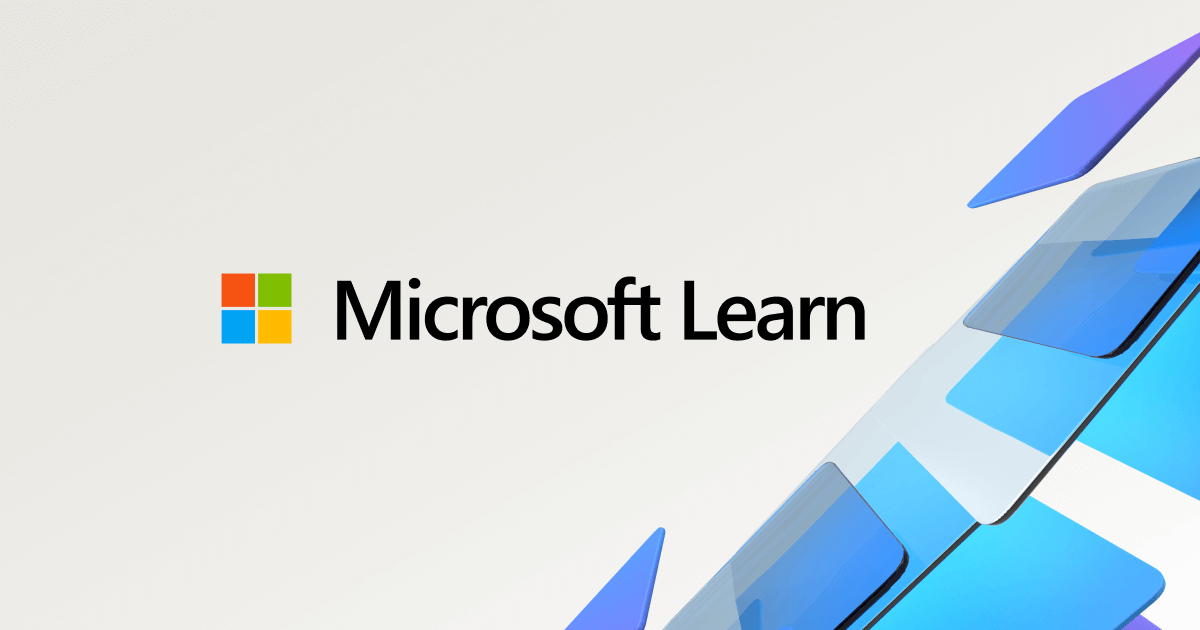It's time to move up to Windows 11! Fortunately, Windows 11 is built on the same foundation as Windows 10, so you can use the same deployment capabilities, scenarios and tools — and the same basic deployment strategy that you use today for Windows 10.
Read this informative Microsoft article to get detailed help planning your organization's Windows 11 upgrade.
What are the key steps for deploying Windows 11?
Organizations should create a deployment plan that includes defining readiness criteria, evaluating infrastructure and tools, testing applications, and defining a servicing strategy. Since Windows 11 is built on the same foundation as Windows 10, you can use similar deployment capabilities and strategies.
How can I determine if my devices are eligible for Windows 11?
To determine eligibility, organizations can use Microsoft's analysis tools. For those running Windows 10 Home, Pro, or Pro for Workstations editions, the PC Health Check app can be used. For Windows 10 Enterprise and Education editions, IT administrators will provide information on upgrade eligibility.
What support and servicing can I expect with Windows 11?
Windows 11 receives regular monthly quality updates for security and bug fixes. Home, Pro, Pro for Workstations, and Pro for Education editions are supported for 24 months, while Enterprise and Education editions receive support for 36 months from the general availability date. Microsoft also maintains a consolidated update history and a release health hub for announcements and known issues.



